14 Smart Strategies To Protect Your Outdoor Cat From Hidden Dangers
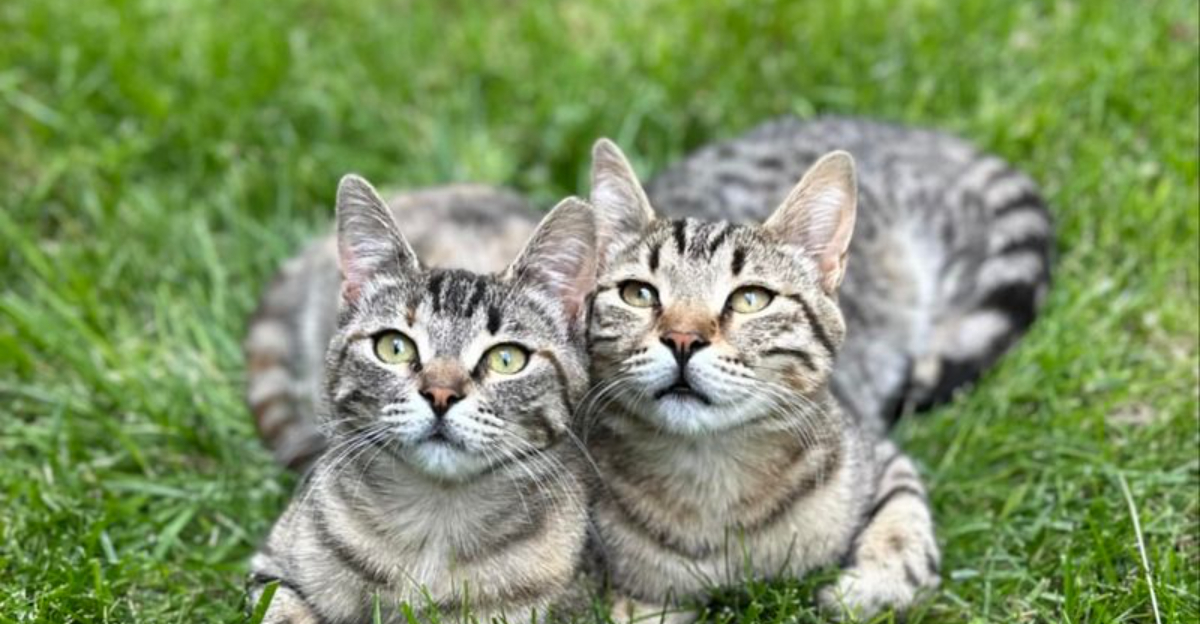
Keeping outdoor cats safe is a responsibility that requires attention and care.
With these methods, you can ensure your feline friends enjoy the outdoors while staying out of harm’s way. Each tip provides practical advice to maintain their well-being, offering peace of mind for pet owners.
1. Install Motion-Activated Lights Or Cameras
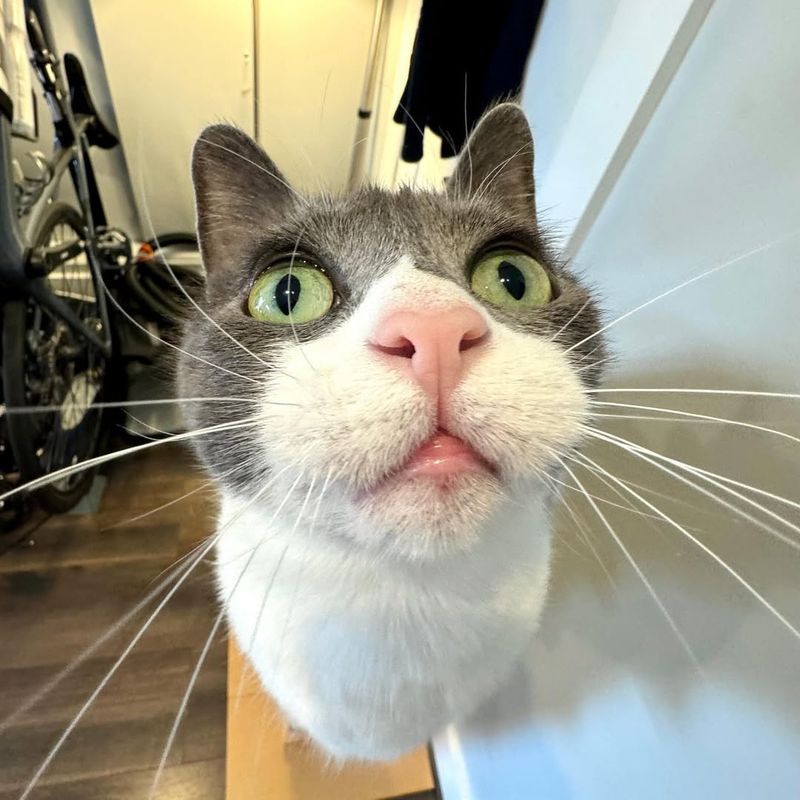
Installing lights or security cameras around your yard can deter predators and help you monitor your cat’s nighttime activity.
Motion lights can startle away raccoons or coyotes, while cameras allow you to keep tabs on your cat’s habits. It adds a layer of safety and lets you act quickly if something seems off.
2. Keep Pest Control Cat-Safe
Avoid using chemical pesticides or rodenticides in your yard or garden, as many are toxic to cats.
Opt for natural or pet-safe alternatives and make sure neighbors are aware if your cat wanders onto their property. Even indirect exposure can be harmful. A little caution goes a long way when it comes to hidden dangers.
3. Microchip And ID Tags
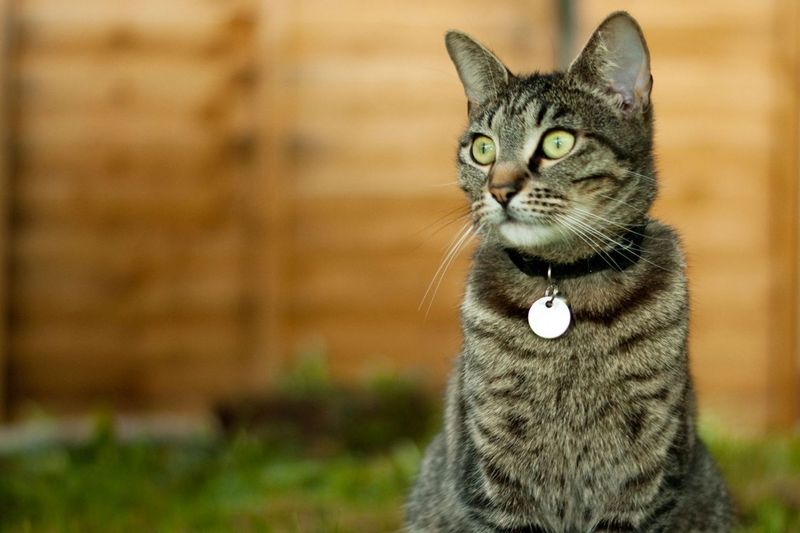
One of the simplest yet most effective ways to protect your outdoor cat is by making sure they have a microchip and a visible ID tag.
If they ever wander too far or get picked up, this makes it much easier for someone to return them to you. Keep your contact information up to date and consider using a breakaway collar for added safety. It’s a small step that can make a big difference.
4. Provide A Safe Outdoor Space

Creating a catio or enclosed backyard area gives your cat the freedom to enjoy the outdoors without the dangers of traffic, predators, or toxic substances.
These setups can be customized to include climbing areas, scratching posts, and cozy napping spots. It’s the best of both worlds—adventure and safety. Your cat gets stimulation, and you get peace of mind.
5. Regular Vet Check-Ups

Outdoor cats are more likely to encounter parasites, injuries, or illnesses, so routine vet visits are essential. A yearly exam can catch potential health issues early and ensure your cat stays up to date on vaccinations.
Preventative care goes a long way in extending your cat’s healthy, adventurous life. Don’t skip it, even if they seem fine.
6. Supervised Outdoor Time
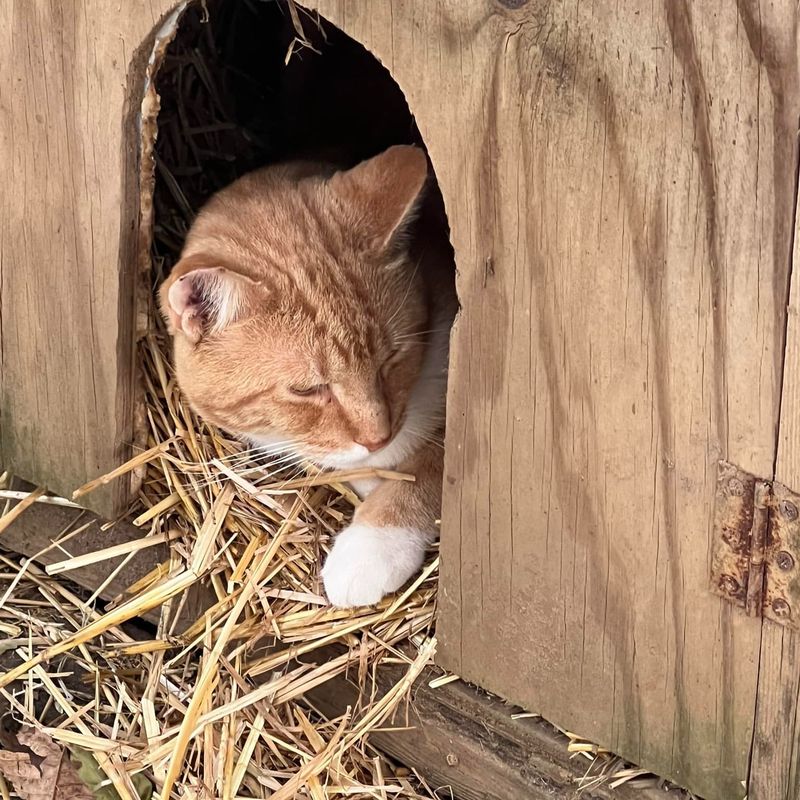
If your cat isn’t fully free-roaming, consider going outside with them.
Leash training or hanging out in the yard during their playtime gives you a chance to monitor their behavior and steer them away from danger. It’s also a great way to bond while keeping them safe. Start small and build up their confidence and yours.
7. Use Reflective Collars
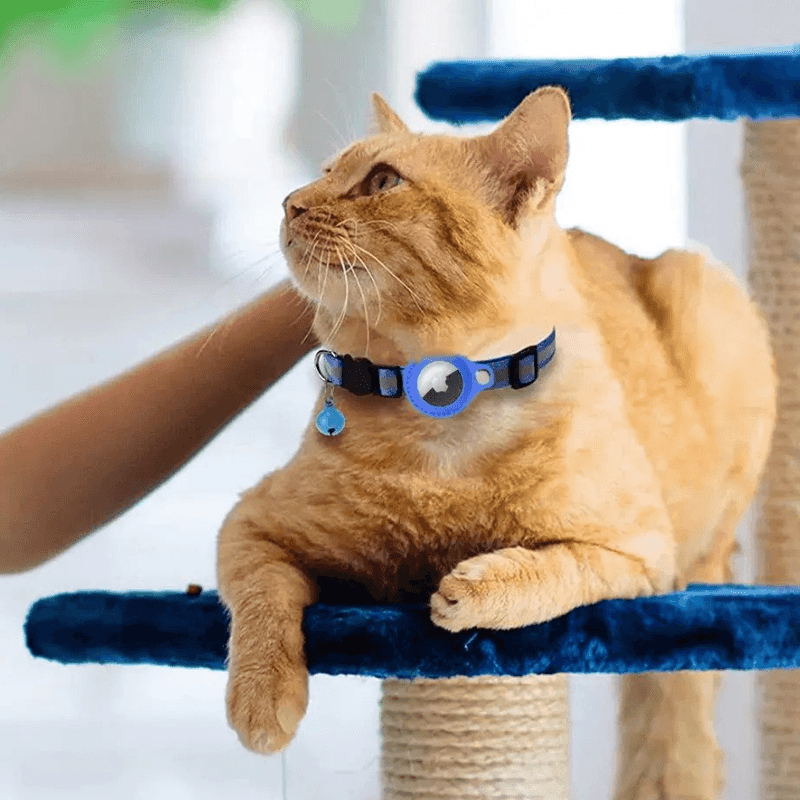
Reflective or brightly colored collars increase visibility, especially during dawn, dusk, or nighttime.
They make it easier for drivers, cyclists, and pedestrians to spot your cat from a distance. Just make sure the collar is a breakaway style to prevent accidents. A visible cat is a safer cat.
8. Train To Respond To Commands

It might sound ambitious, but cats can learn basic commands like coming when called or responding to a clicker.
This can be a lifesaver if your cat is approaching danger or needs to come inside quickly. Use positive reinforcement with treats and consistency. Even a bit of training can help you better manage your outdoor explorer.
9. Keep Up With Vaccinations
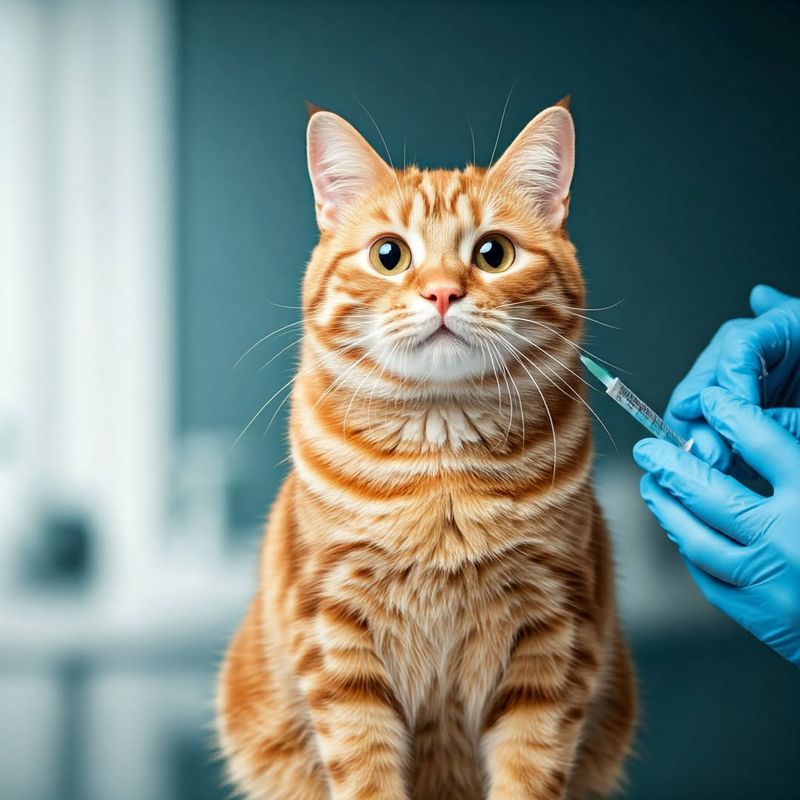
Outdoor cats are at a higher risk of encountering diseases, so up-to-date vaccines are non-negotiable. Rabies, feline leukemia, and distemper are just a few of the threats they may face.
Staying current protects not only your cat but also other pets in the neighborhood. Talk to your vet about the best vaccination schedule for your cat’s lifestyle.
10. Avoid Toxic Plants
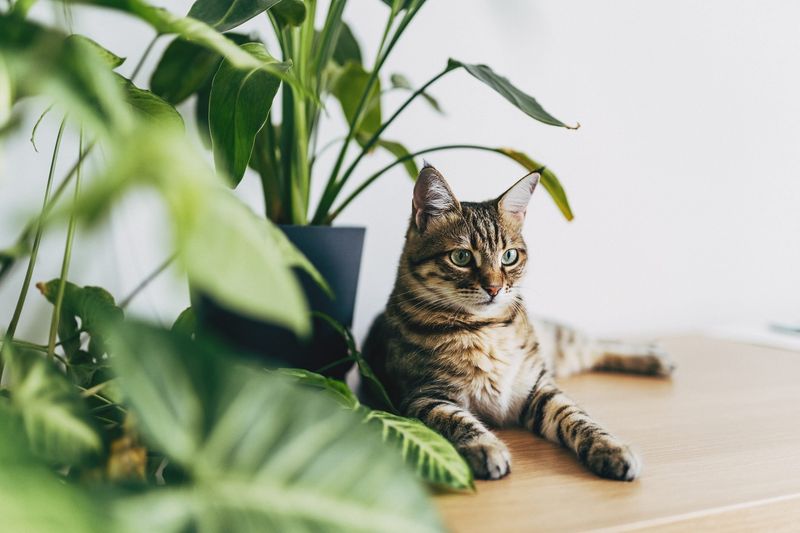
From lilies to oleander, many common outdoor plants can be harmful—or even deadly—to cats. Familiarize yourself with what’s growing in your yard and remove any toxic varieties.
If your cat roams into neighbors’ gardens, it’s worth asking what they’re planting too. Safe greenery means fewer risks for your feline friend.
11. Avoid Harsh Weather
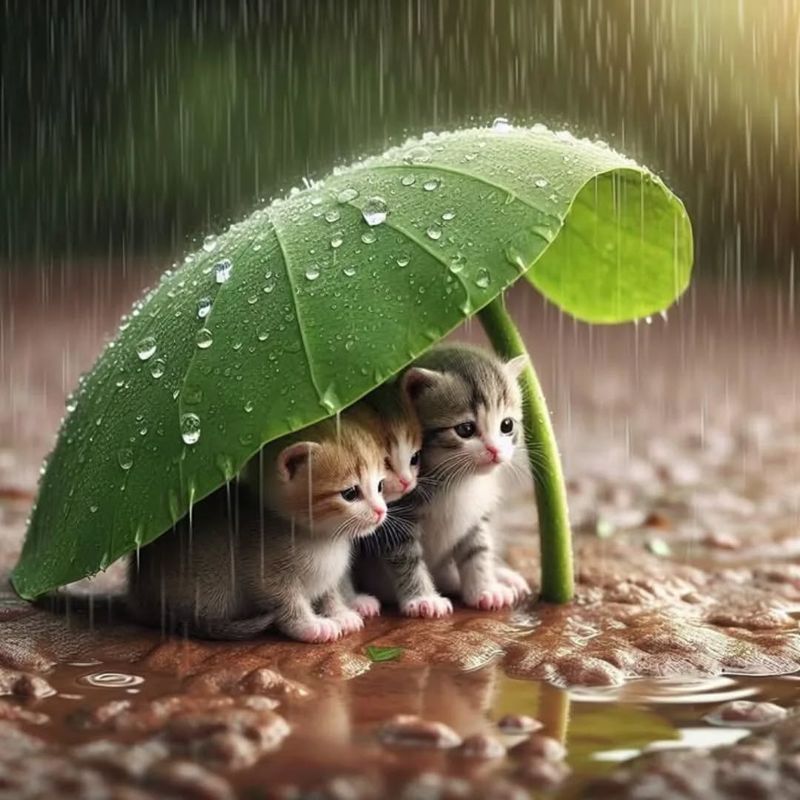
Cats are resilient, but they’re not immune to extreme heat, cold, or storms. Make sure your cat has access to shelter year-round, whether that’s a cozy outdoor hideaway or a warm spot indoors.
Check the weather before letting them out and bring them in if conditions get rough. Safety should always come before exploration.
12. Keep Away From Roads
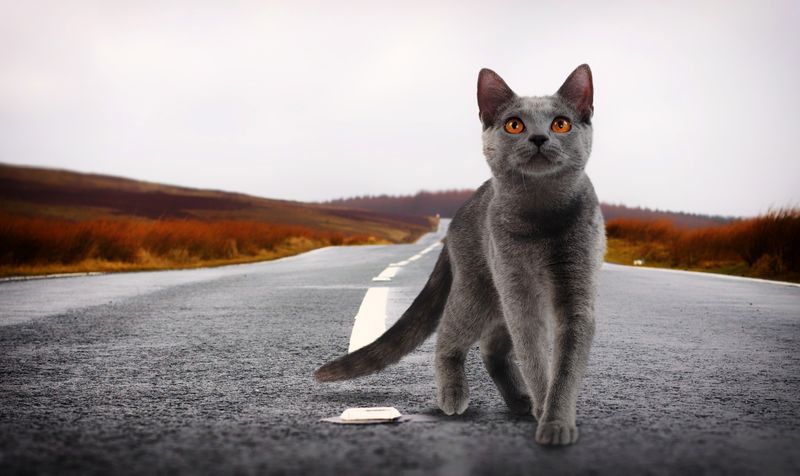
Busy streets are one of the biggest hazards for outdoor cats.
If your home is near a high-traffic area, consider building a fence or using deterrents like motion-activated sprinklers to discourage crossing. Training your cat to stay within a safe boundary can also help. Their safety is worth the extra effort.
13. Introduce A Buddy System
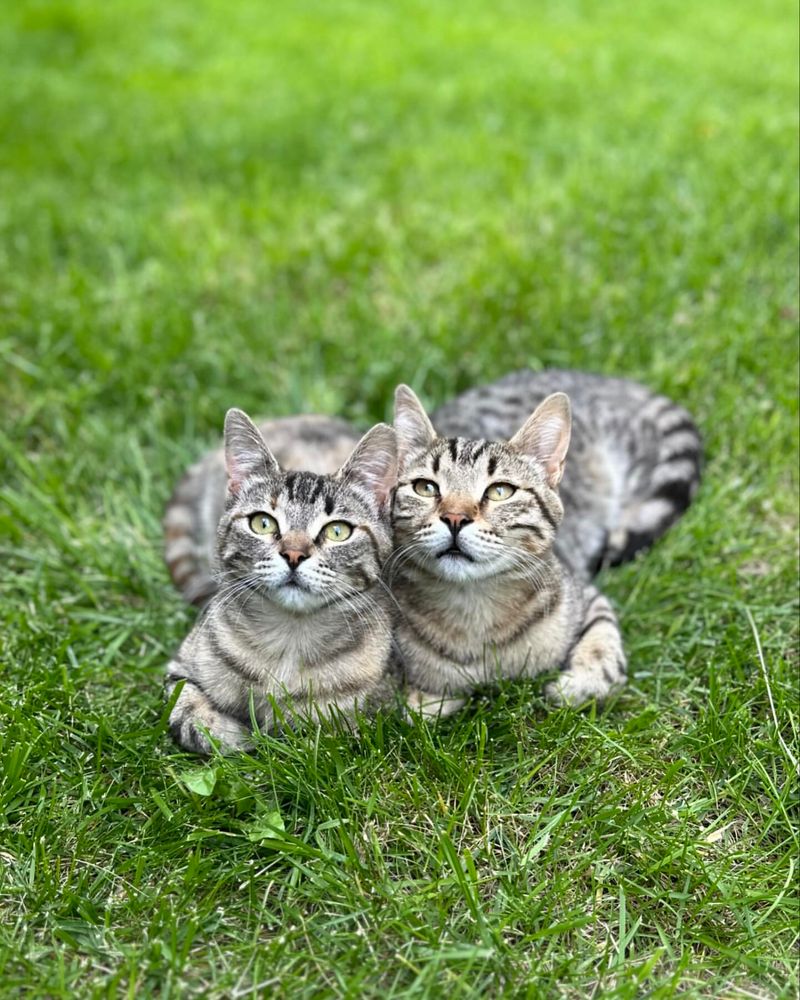
Two outdoor-savvy cats may feel more secure exploring together. A companion can reduce stress, offer protection, and even help ward off potential threats.
Just make sure both cats are socialized and healthy before pairing them up. Supervised pair outings can help build confidence for both.
14. Provide Regular Meals

Feeding your cat on a consistent schedule encourages them to return home at predictable times.
This helps you monitor their health and ensures they’re not scavenging risky food elsewhere. It’s also an easy way to check in with your cat daily. A full belly often leads to a safer, more content outdoor explorer.






